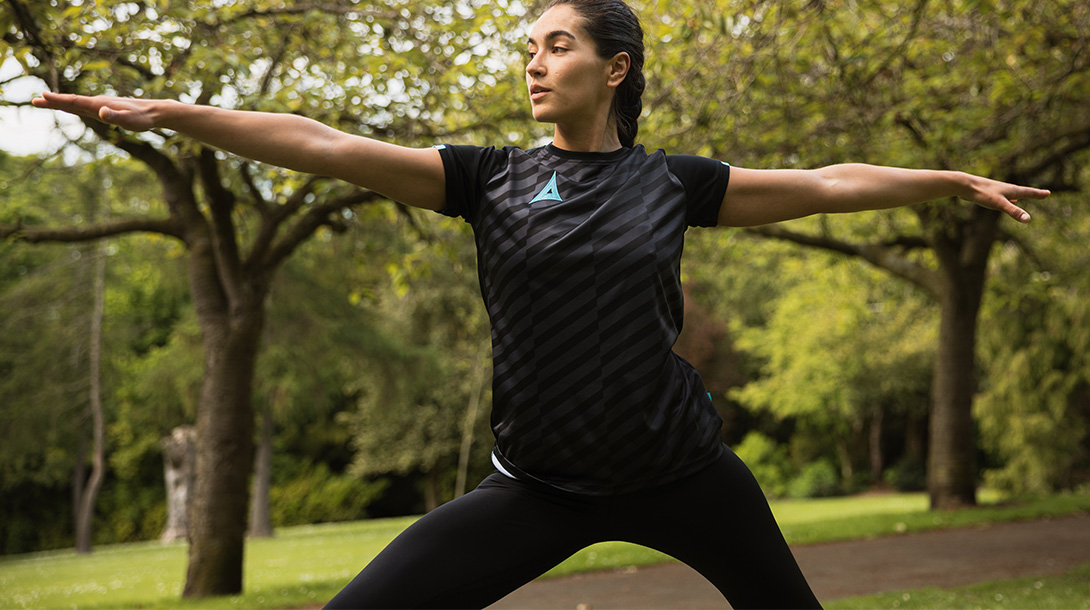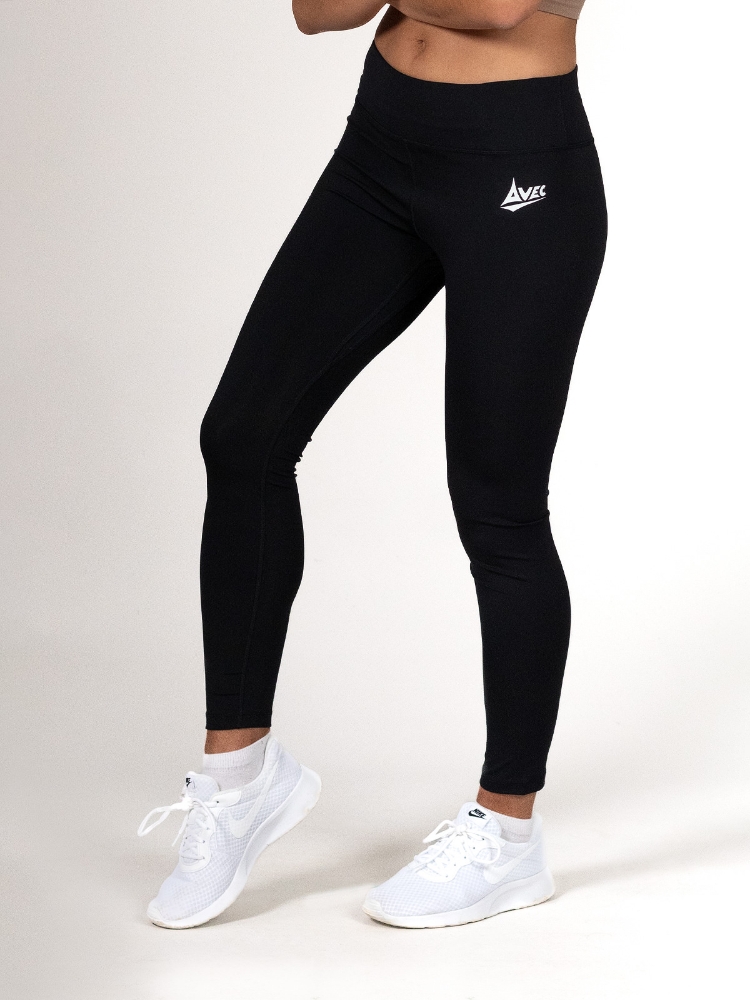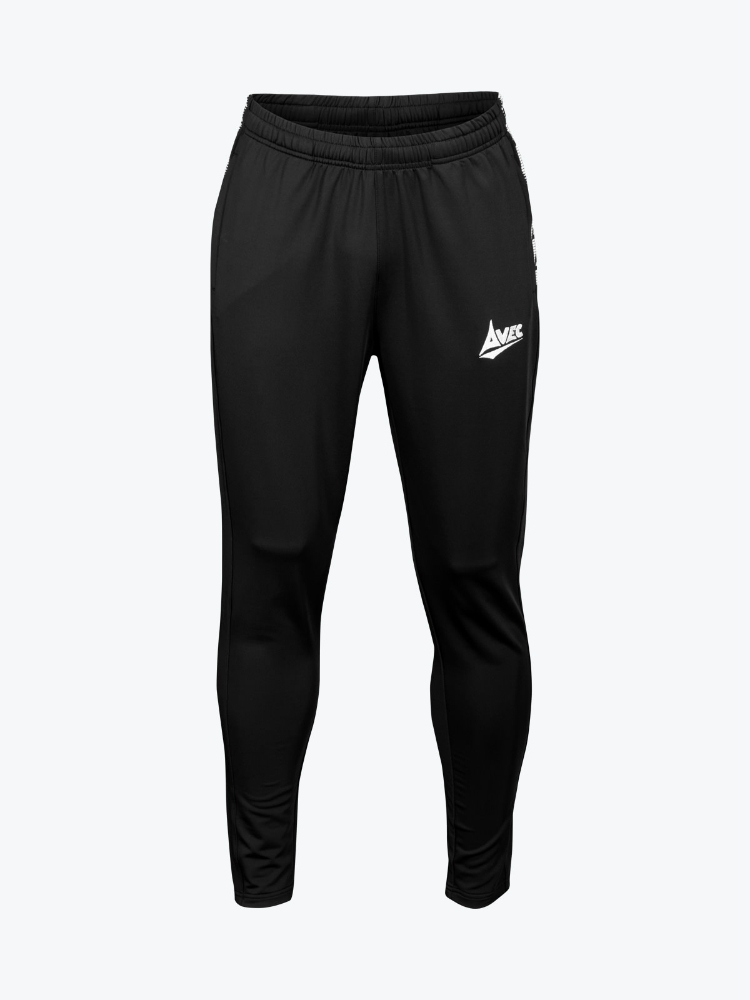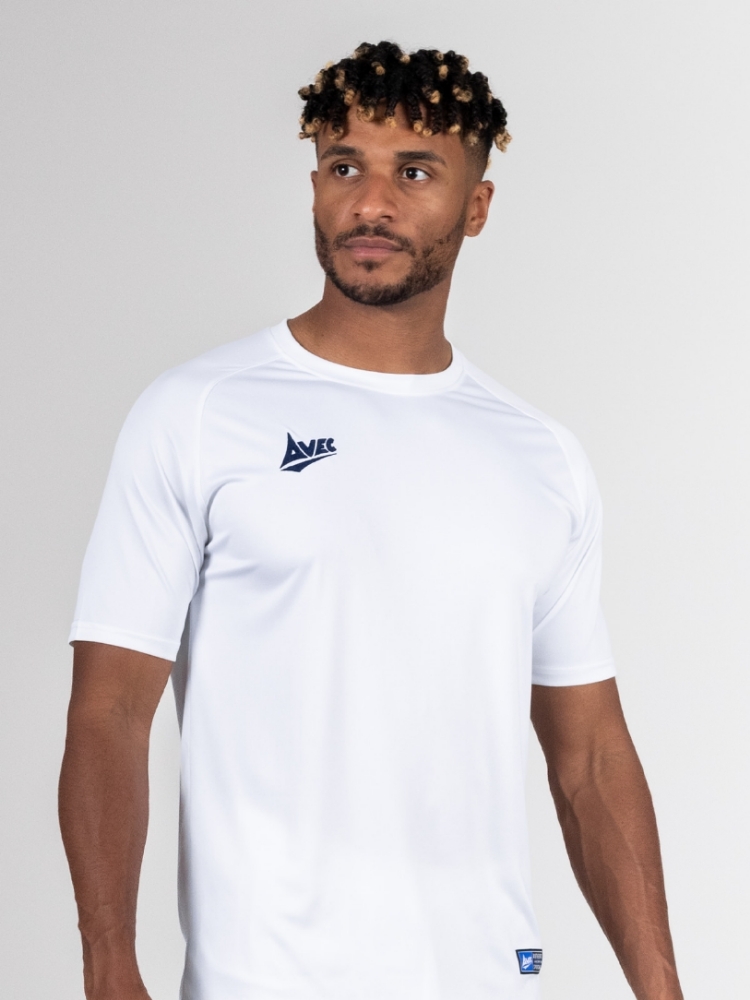
A guide to callisthenics for beginners
Callisthenics is an increasingly popular method of exercise, with many fitness enthusiasts choosing to incorporate this into their routine. Whether you’ve seen people practising callisthenics at the gym or outdoors and are feeling inspired to start this yourself, or you’ve heard about it on social media and are keen to learn more, this type of workout offers many benefits.
If you’d like to find out more about callisthenics, we’ve created this beginner's guide to help you understand what it is and how to get started. We’ll talk you through whether this is the right exercise for you to achieve your fitness goals as well as the benefits it presents, and provide you with some calisthenic exercises you can try at home before committing to the practice.
What is a callisthenics workout?
Calisthenic workouts use your bodyweight to build functional strength and muscle endurance. Unlike other muscle-building exercises, callisthenics does not use external free weights or gym machines, although pull-up bars and resistance bands can be used in this type of workout. Movements range from simple squats to push-ups and handstands, as the use of gravity and body weight helps to improve your muscle strength.
Since calisthenic workouts require minimal equipment they can be done anywhere, including the gym, at home, or even outdoors. This makes this type of exercise perfect for those who are short on time as you can still feel the benefits of even a 30-minute workout, while the exercises can be adjusted to suit your ability level, making callisthenics accessible to everyone.
Can you really build muscle with callisthenics?
Callisthenics is an excellent way to build full-body muscle and can be as effective as using free weights to a certain point. However, since this form of workout focuses on body weight and functional strength, there is a limit to the amount of mass increase you’ll see. With callisthenics, you can achieve a completely toned physique and have defined muscles, but if you want to push past this point and train to enter bodybuilding competitions, you’ll need to complement callisthenics workouts with a structured weight-lifting routine.
To decide whether callisthenics is right for you, you should think about what your fitness goals are. If you want to increase your relative strength, mobility, and overall fitness, callisthenics is a good option to consider. However, if you only want to increase your absolute strength and muscle size, callisthenics might not be the best choice for you.
What are the benefits of calisthenic workouts?
Callisthenics offers lots of benefits aside from increased strength and muscle building. This can help with cardiovascular function, improved sleep, mobility, fat loss and gut health amongst several other health benefits. This type of workout can also help improve your mental state by focusing the mind and reducing stress levels.
One of the most overlooked benefits, callisthenics is an extremely powerful workout that is completely free. This removes a lot of the barriers that people face when starting out on their fitness journey, such as requiring a gym membership or equipment and it can easily be modified to suit your ability level or progression.
How to start callisthenics
Before we jump into the different types of exercises that you can do as a beginner, there are a few rules to abide by to ensure that your workout will produce visible results. If you feel that you might struggle with motivation or staying on track with these, we would recommend keeping a workout journal to document your plans, individual fitness goals and progress.
1. Frequency and consistency
Callisthenics workouts need to be done often to encourage muscle growth. It is recommended that you do a 30-minute workout 3-5 times a week. With consistency being a key factor, it’s important to ensure you commit to your routine, otherwise, you may not see the results you were hoping for.
2. Progressive difficulty
Gradually increasing the intensity of your workouts to push your body is crucial to seeing positive results. You can do this by adding more reps, more sets, or increasing the length of your workout. Alternatively, you can start to incorporate free weights such as kettlebells when squatting, or discs when doing core exercises.
3. Varied workouts
It’s essential that you’re targeting all your muscle groups if you want to improve your strength. If you stick to core exercises each time, you’ll see little improvement in your arms or leg strength, and you’ll quickly tire of your workouts. Keeping variation ensures you won’t get bored and that you can still feel the full benefits of completing a full-body workout.
4. Rest days
It’s extremely important to incorporate rest days into your workout regime to give your muscles a chance to recover and reduce the risk of injury. Working out every day may hinder your growth process, so don’t push yourself too hard.
5. Warm Ups
Don’t underestimate the power of a good warm up. It’s always tempting to jump straight into a workout, but this can lead to injury or affect how successful your training session is. If you need some help with warm up exercises, read our blog ‘how to warm up at the gym’ (don’t worry, these exercises can be done without the need for gym equipment).
Callisthenics workouts with no equipment
If you’re thinking about starting callisthenics but don’t want to commit to buying any equipment just yet, there are several exercises you can do that you’re likely to already be familiar with. We would recommend starting to familiarise yourself with the fundamentals of callisthenics: pulls, pushes, dips, and legs - all of which can be done with no equipment. The following exercises are suitable for beginners and can be completed at home or at the gym.
1. Push-ups
Push-ups are a good place to start for your calisthenic workout, if you’re a total beginner, aim to do 5 reps (if this is too easy, then try to do 3 sets of 5 reps). Push-ups are difficult if you’re new to fitness, so you can modify this exercise by using your knees for stability.
Alternatively, you can do standing push-ups by using a door frame or pole, grabbing onto it with your arms extended and leaning slightly forward, and pushing your body as close as you can to the object by bending your arms. If you choose this method, aim for 4 sets of 20 reps.
2. Pull-ups
If you can do pull-ups - great! You can use a pull-up bar or gym machine to complete this part of the workout, you can choose to do this set based on a length of time or 4 sets of 5-10 reps. If you can’t do a pull-up yet don’t worry as you can use the door frame or pole again.
As above, you can stand and grab onto the object with your arms extended, this time leaning slightly back and pulling yourself as close as you can towards the object. Aim for 4 sets of 20 reps if you’re using this method.
3. Squats
Squats are a beginner friendly exercise that you can incorporate into your regime to help you get started. You can choose to do your squats with no equipment or use a resistance band or kettlebell for increased intensity. Try to do 4 sets of 20 reps. Alternatively, you can alternate between squats and lunges to vary your routine.
4. Leg raises
The next part of your body to work is your core. Many people find this part the most difficult but it is essential to train a strong core if you want to succeed at callisthenics. We’ll give two options here so that you can decide which one is best for you as a beginner.
The first option is to lie flat on your back with your hands by your sides, lift your legs together up into the air and lower them back down. Make sure that your feet do not touch the ground before you raise your legs again, and keep your feet flexed. Aim to complete 4 reps of at least 10 leg raises.
The second option uses a bench or elevated surface. Sit on the surface, grabbing onto the edge with both hands and lean back slightly so your body is at an angle. Bend your knees and tuck them towards your chest before extending your legs fully and bringing them back up again. Your feet must not touch the ground and your body must remain at an angle. Aim for 4 reps of at least 10 of these crunches.
As you progress in your workout, start to include more exercises that you feel familiar with such as burpees, planks, handstands, and chin-ups to increase intensity and work your muscles.
What should I wear to do callisthenics workouts?
Callisthenics workouts require breathable, moisture-wicking clothing as the exercises can be very intense. It’s also best that you wear form-fitting clothes that are not too restrictive, as you want to be able to complete the motions properly without extra fabric getting in the way.
For women, we’d recommend wearing our Tech leggings alongside a form-fitting top. Make sure that these items are the correct sizing, as you don’t want any discomfort or restrictions on your movement. If you feel that you might get too hot or would prefer not to wear tight-fitting leggings, you can opt for shorts, just be mindful that loose-fit shorts may not be suitable for calisthenic exercises such as handstands as the fabric will bunch down.

For men, we recommend track pants such as the Evolve Training Pant as this provides enough movement to complete calisthenic exercises whilst keeping you cool. If you prefer, you can also wear shorts, noting the same point as made above that they may bunch during certain exercise types. A top such as the Focus Classic jersey will be the perfect pairing to your track pants as it is breathable and neither too loose nor too tight.


Evolve Black Tech Pant £17.95 & Focus Classic White Jersey £9.95
Kickstart your callisthenics journey with Avec Sport
Make sure that you get off to the best start with high-quality workout gear that is designed to enhance performance output by keeping you cool, comfortable, and confident. Browse through our full range of styles and colours to find an outfit suited to your callisthenics workout. Shop women’s fitness clothing or men’s activewear today.

